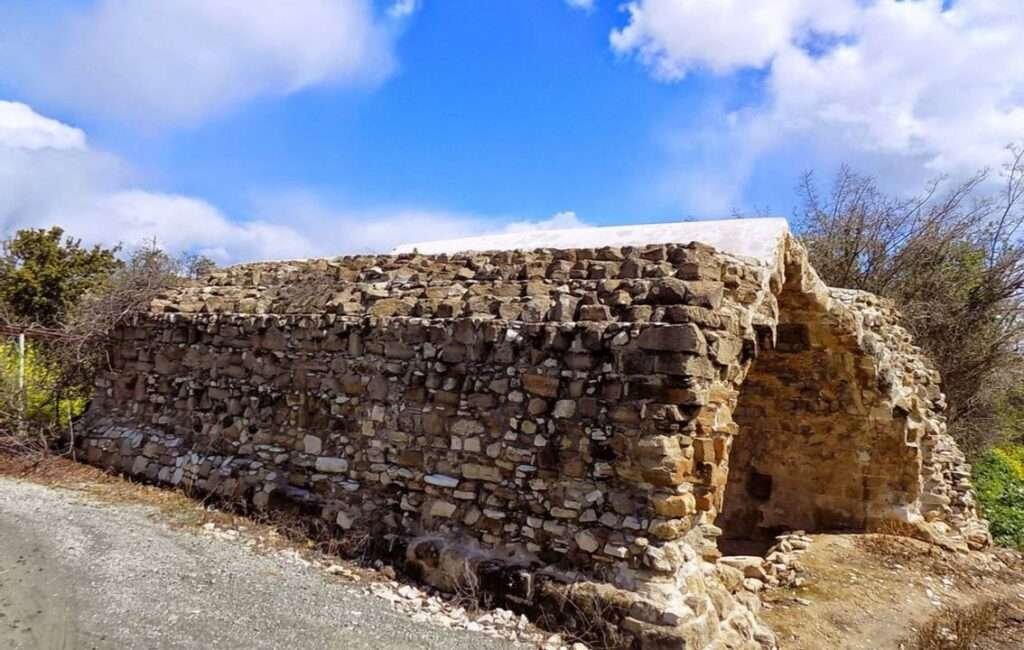THE RUINS OF A ROYAL HOUSE


A VARIED & INTERESTING HISTORY
The village of Choirokoitia, within the Larnaca district, has a varied and interesting past. Much of its story is told by the ruins in the immediate area surrounding the village. Although the village is mainly known for its Neolithic settlements, it also has another set of ruins near the coast that offer a more recent, intriguing tale.
CENTURIES OLD RUINS
These ruins are thought to be of a regal tower, which once formed part of the area’s defences. Standing today among fields and centuries-old olive trees, these ruins are intriguingly marked ‘Vasilikos Oikos’. This directly translates to ‘Royal House’ in Greek. Although such a term might refer to a significant historical structure, it is widely accepted that it refers to the Great Tower of Choirokitia.
AN ARCHED STONE DEFENSIVE STRUCTURE
All that remains today of this once proud tower is a low arched stone structure with a well. Its appearance, location, and dates of origin all indicate that it is likely to have been first erected by the Knights Hospitaller. The Order of Saint John once had a commandery in the area during the late 13th century. This is known because several written references from this time mention the tower. There is also evidence that suggests that further fortifications were later added to the tower during the Frankish Lusignan period.
A MILITARY RESPONSE
Several different, larger regional powers all had designs for the island during this time. One of these was Egypt, which successfully landed a considerable army near Limassol in 1426. This force consisted of over 3,000 Mamluks who were both respected and feared throughout the Mediterranean and the Middle East. The iron-willed discipline of this elite fighting force was well documented at the time. By the 15th century, they had become a crucial fighting force for the Egyptian Sultanate. The Mamluks went on to help conquer extensive dominions for Islamic nations, which included the Ottomans across the Mediterranean, Europe and the Middle East.
THE EGYPTIAN MAMLUKS
The word Mamluk translates as ‘to be owned’. This describes the method of recruitment of Mamluk soldiers, who were usually made up of various nationalities. Mamluks were first enslaved as children and then eventually trained as elite professional soldiers by their Islamic overlords. The model and structure of this elite fighting force was so effective that it was replicated throughout the Islamic world at the time.
THE EGYPTIAN MAMLUKS
On July 7th, 1426, Cypriot King Janus and his army faced this formidable adversary near the settlement of Choirokoitia. The king’s infantry was routed as soon as the Mamluks engaged, promptly fleeing the battlefield. The king’s cavalry, however, fought bravely but without infantry support, they were soon crushed by the Mamluks. This led to the full surrender of King Janus, and Cyprus briefly came under Egyptian rule. The Egyptian Mamluks went on to plunder the whole island, destroying several fortifications, including the Great Tower of Choirokoitia, along the way.


